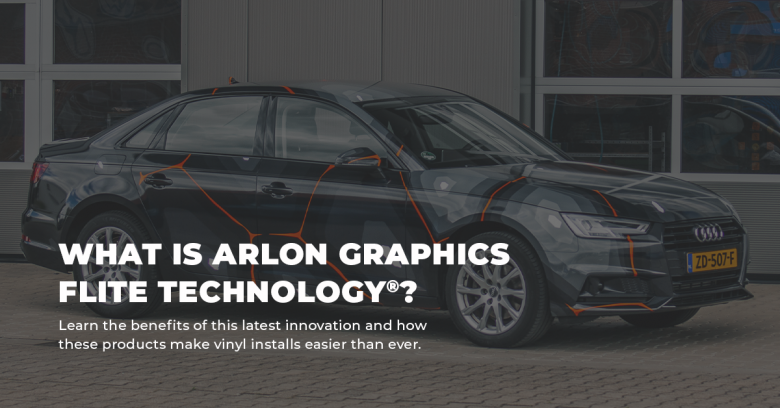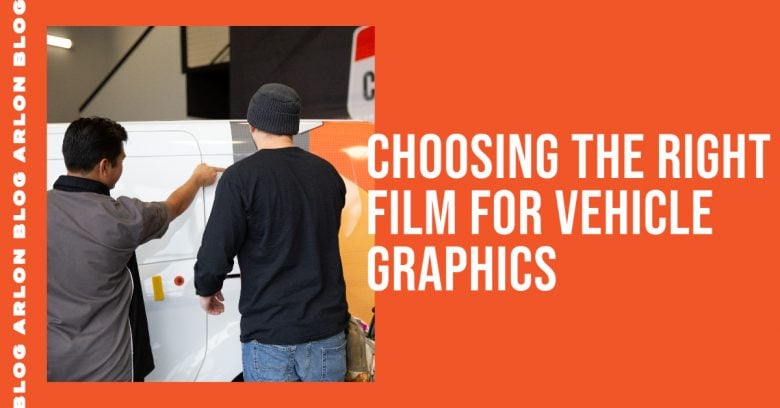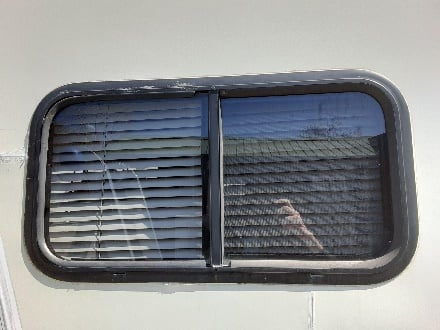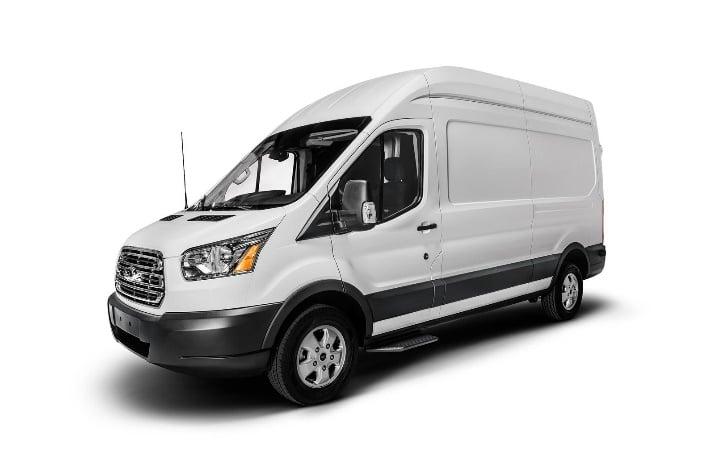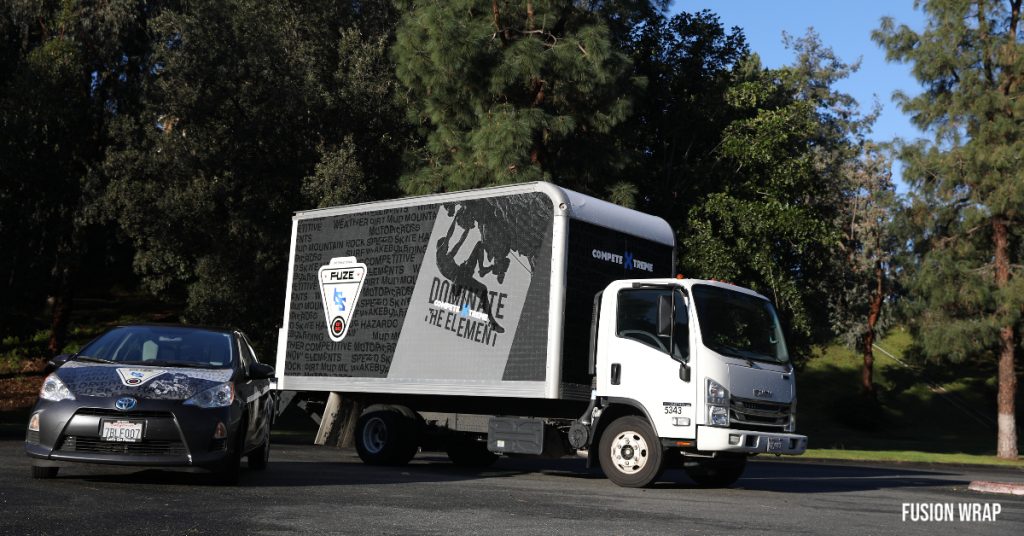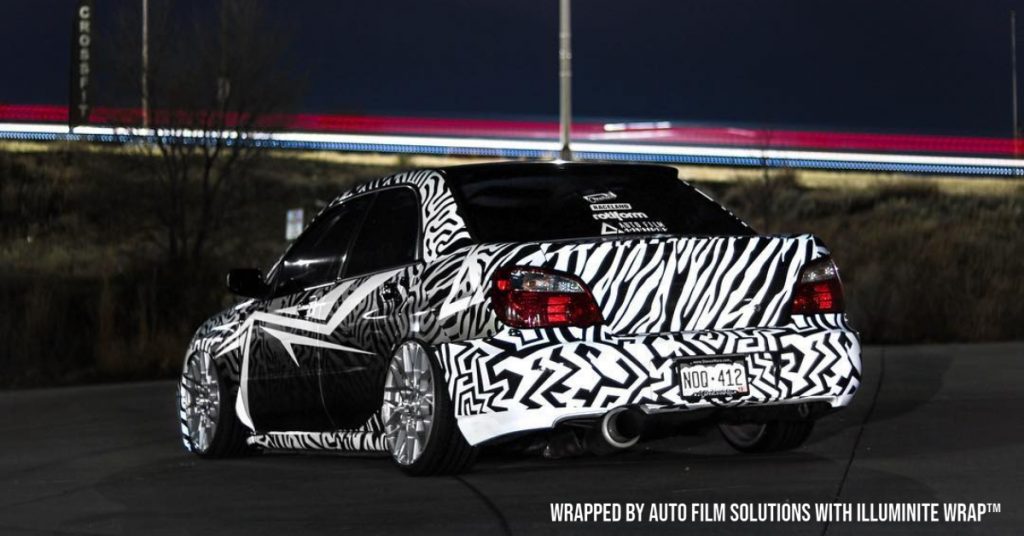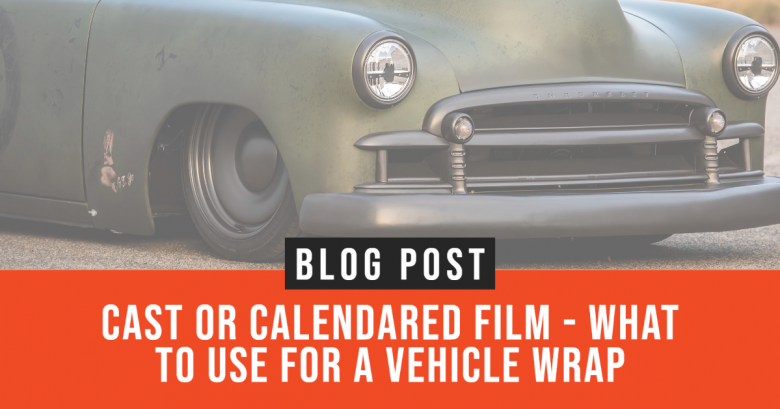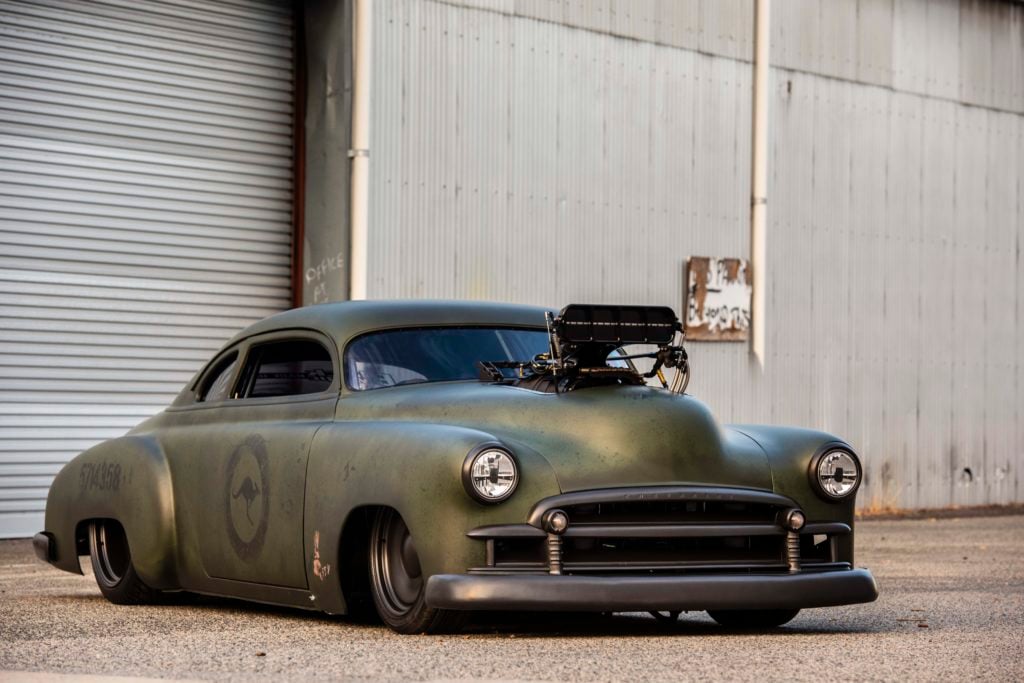Arlon Graphics, most recent innovation FLITE Technology represents great improvements to the hands-on workflow of installers and printers alike. With new technologies hitting the vinyl market at a rapid pace, how can you ensure you’re picking the right product for your business? how exactly can FLITE Technology® help your business? In this post, Ritchie Daize Sr. Arlon’s Technical Solutions Manager will answer all of those questions and more!
Twenty-odd years ago, air-egress technology arrived, and the vinyl graphic industry made a giant leap forward. For example, application speed and cost improved significantly. Similarly, less skilled applicators could complete larger jobs while maintaining high levels of quality. In April 2017 Arlon Graphics introduced SLX® Cast Wrap featuring FLITE Technology and everything changed.
Why FLITE Technology?
FLITE Technology improves the productivity of applicators beyond the benefits of air-egress. This innovation allows vinyl applicators to complete full wraps in the most challenging application environments single-handedly.
Easy Liner Release
The first feature applicators will notice is how easy the liner is to peel away from the media. Competing products require a minimum of two installers to remove the release liner, making registration between panels difficult. The effortless liner release of FLITE Technology eliminates distortion. For instance, the liner stops uncontrolled pre-stretching during the first step of the install process.
Unmatched Repositionability
The second standout feature of FLITE Technology is the repositionability. In other words these films float over the vehicle’s surface until firm pressure is applied. Entire panels can be single-handedly realigned, even after the liner has been removed. What if the installer makes a mistake? If a wrinkle or crease is created during the application process, the applicator can snap that section up and reapply without over-stretching the graphic.
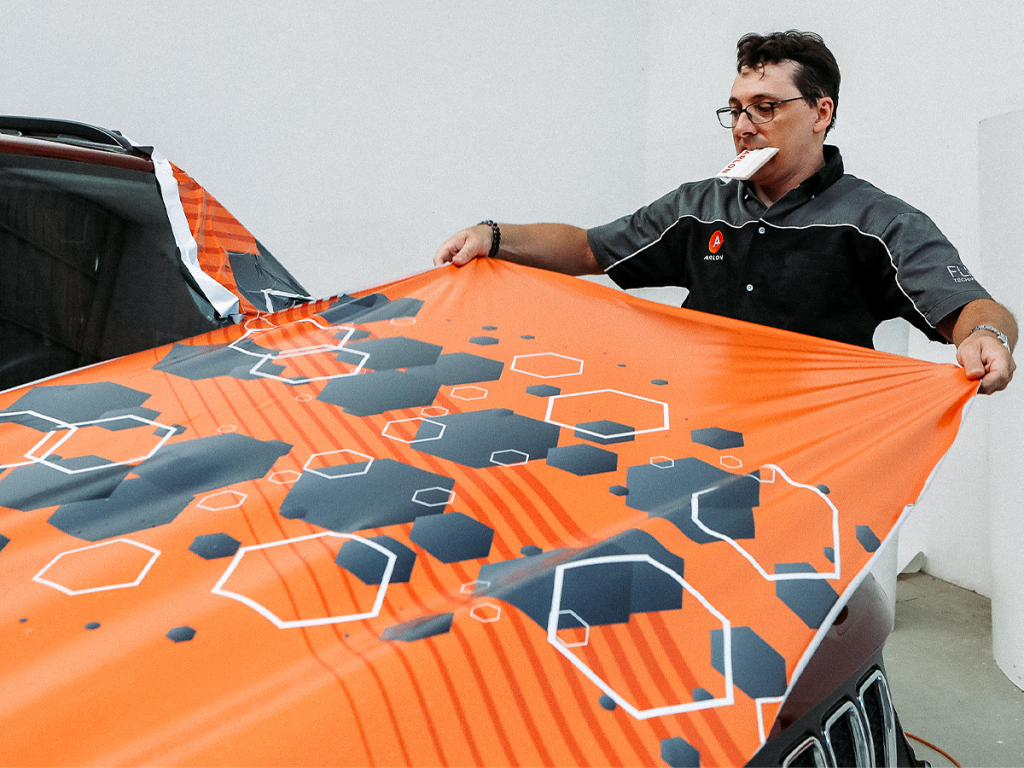
Bubble-Free Installs
The low initial contact of FLITE Technology makes a bubble-free application easy. If an installer finds a bubble in their finished work, removing it is as easy as applying gentle pressure. The pressure will quickly move the air pocket out the edge of the graphic.
Eliminating Glue Lines
FLITE Technology is a topography-based adhesive system. Topography-based systems rely on the shape of the adhesive to lower the percentage of contact it makes with the substrate. This technology is an incredible 25%. As a result, the low contact percentage stops ‘glue lines’ from forming.
Redefining Ultimate Bond
The next standout feature of FLITE Technology is how the adhesive wets and bonds with the substrate when post heated. Inhibitor-based adhesive systems require a primer or adhesive promoter to create a high enough bond. In contrast, FLITE Technology reaches 90% of its ultimate bond when properly post heated. This bond provides enough strength to hold the graphic in place in deep channels and recessed areas.
FLITE Technology streamlines the application process creating new levels of productivity in sign and fleet shops of all sizes. Arlon Graphics now has a full line of vehicle wrap products that feature FLITE Technology, SLX® Cast Wrap, SLX®+, IllumiNITE Wrap®, and Fusion Wrap.
Visit us at Arlon.com and follow us on social media @arlongraphics_na for the latest info on all things Arlon!

